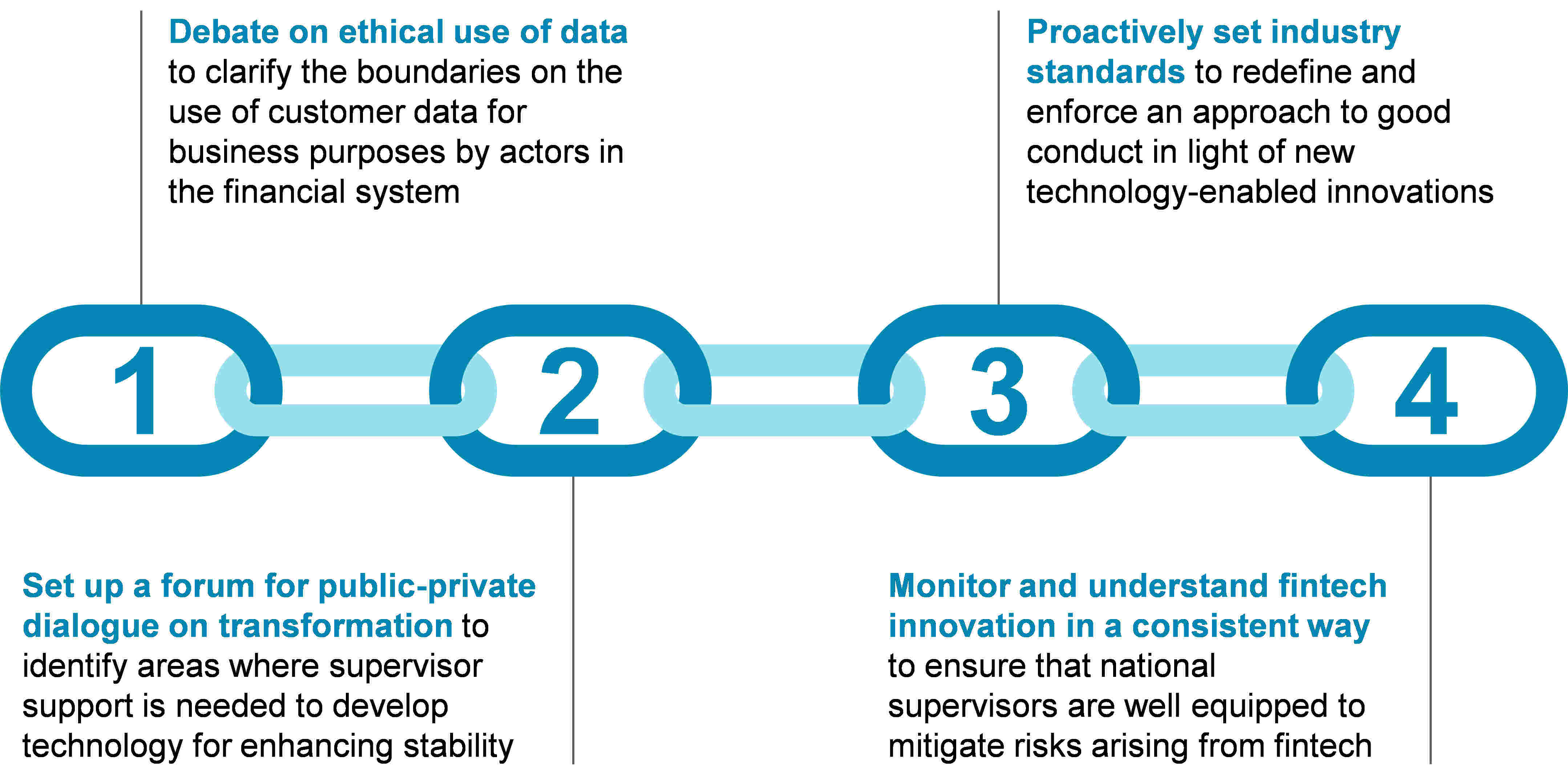The Power of Banking Data
In today’s financial landscape, the access to banking data is no longer limited to traditional financial institutions. With the rise of fintechs and other non-bank companies offering banking products, these entities now have access to a wealth of valuable customer data. This data provides insights into customers’ financial health, spending habits, and more. However, the question remains: What should these companies do with all this information?
Key Takeaway
Properly structuring banking data is essential for companies looking to scale effectively and comply with regulations. By organizing and interpreting data, businesses can gain valuable insights, improve customer experiences, and mitigate fraud. A single source of truth for customer data is crucial for success in the rapidly evolving financial landscape.
The Challenges for Newcomers
For newcomers in the banking industry, particularly non-traditional finance companies like X, Apple, and Walmart, utilizing banking data effectively can be a daunting task. Without a clear starting point, these companies may struggle to unlock the full potential of the data at their disposal. As an experienced banking technology professional, I’ve observed this challenge from various perspectives throughout my career.
The Importance of Proper Data Structure
Having worked with large banking institutions and fintech startups, I’ve witnessed the consequences of inadequate data systems and poor data architecture. Legacy systems and outdated data structures often hinder banks from accessing the right data at the right time, leading them to miss out on significant revenue opportunities. On the other hand, fintech newcomers may face difficulties in understanding and interpreting the banking data they collect from their customers.
Successful companies in this space are those that excel at both data structuring and interpretation. By organizing their banking data in a structured manner, these companies can gain a deep understanding of how their customers use their products. This understanding, in turn, enables them to derive actionable insights that drive improvements in customer experience and fraud mitigation.
The Significance of Data Readability and Accessibility
As a recovering banking chief architect, I maintain connections with colleagues in the industry. In my discussions with them, I often joke about the number of data systems they have in place. Unfortunately, this joke reveals a common issue—many banks, both traditional and emerging fintechs, lack a single source of truth for customer data that is easily readable and accessible.
Building a solid data structure may take time, as I personally experienced. However, it is a crucial factor that can make a world of difference in the long run. Without a reliable foundation, businesses will struggle to effectively leverage their data to scale and remain compliant with regulatory requirements.

























